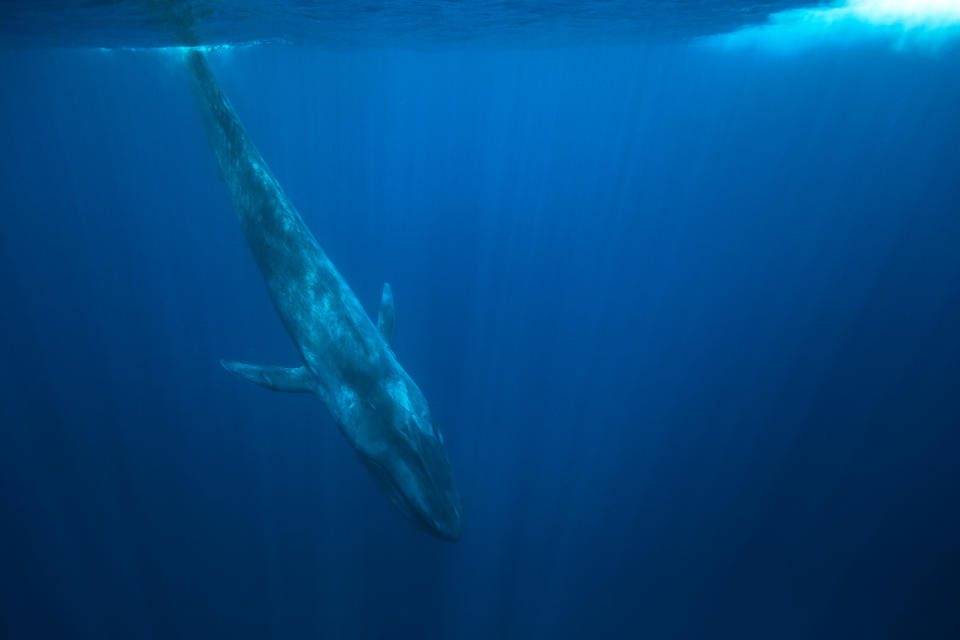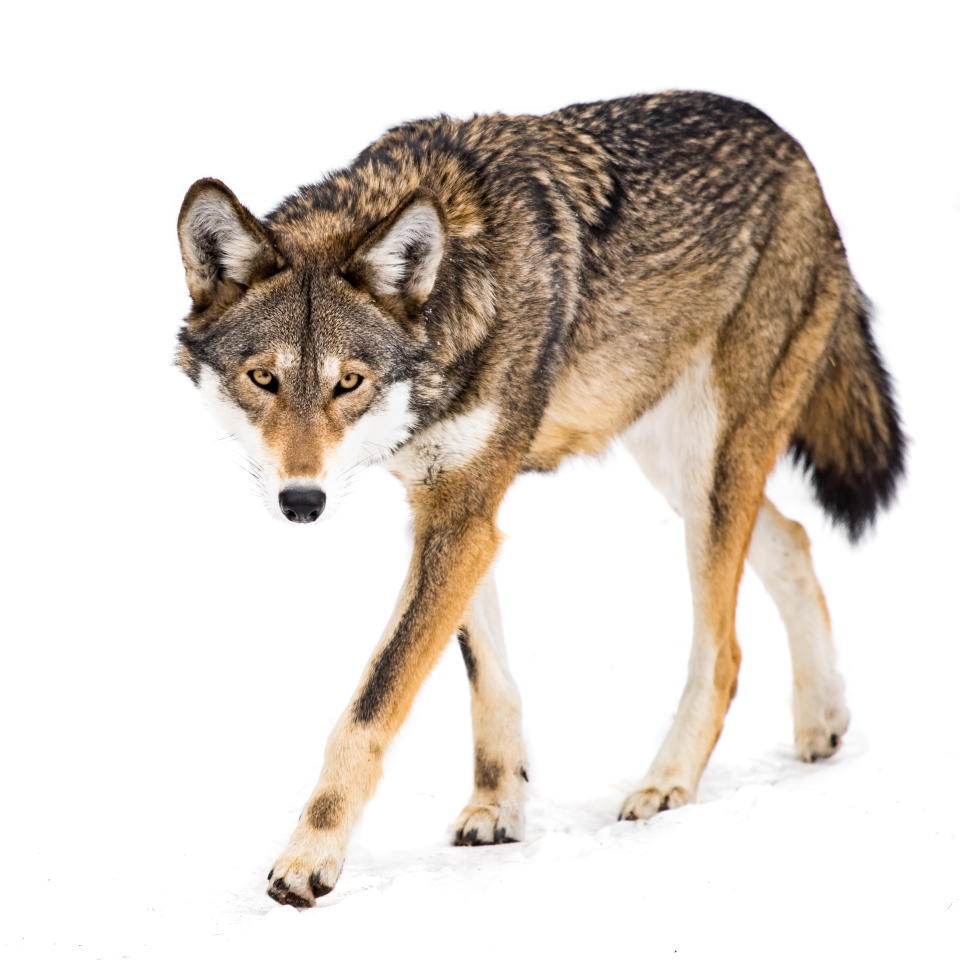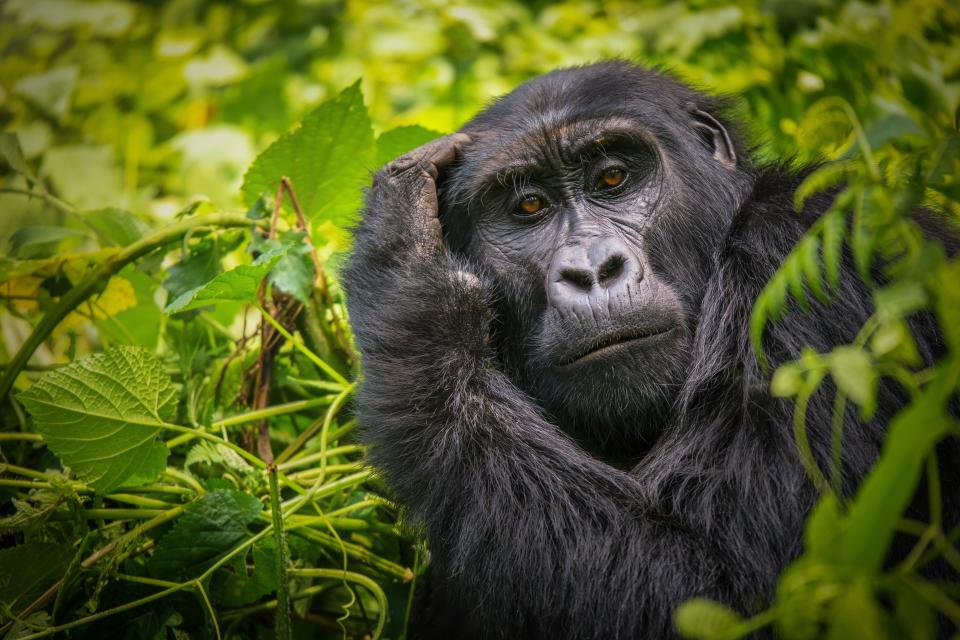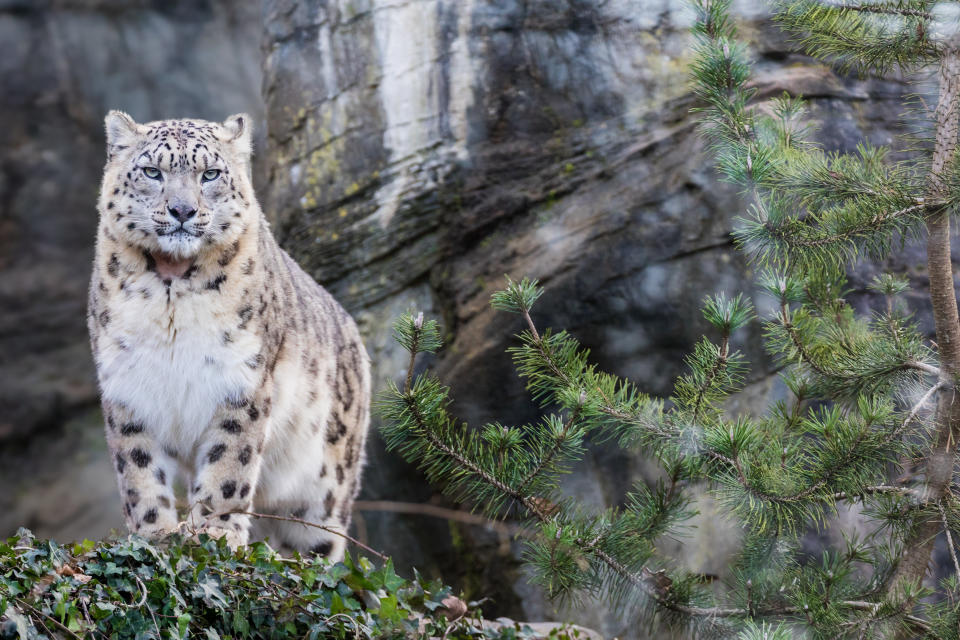World's most endangered animals: Which global species are most at risk?

The death of the last female Yangtze giant softshell turtle last weekend has put the plight of the world’s most vulnerable species under the microscope once again.
The turtle was living at Suzhoo Zoo in China, where researchers were trying to artificially inseminate her when she died last Saturday, April 13.
Th Asian Turtle Program described the death as a “tragic loss for such a rare species”.
Here are ten of the most endangered animal species left in the world.
Bourneo Orangutan
The Bourneo Orangutans are found only on the island of Borneo and as of last year, the International Union for Conservation of Nature (IUCN) changed their status to critically endangered.
The Orangutan’s populations has declined by 60 percent since 1950 and it is predicted that their numbers will fall by another 22 percent by the year 2025.
The animals face threats from habitat loss and forests are being turned into rubber, as well as illegal hunting.
The Borneo Orangutan population is estimated at around 104,700.

Giant Otter
These otters are endangered as many of the rivers and lakes they rely on for food have been destroyed.
They are only found in South America and can grow as large as six feet.
The otters are also threatened by gold mining, which can lead to them to be poisoned by mercury.
There are around 106,000 Giant Otters left in the world.

Giant Panda
The Giant Panda, identified by their black and white colouring, is one of the most well known animals facing potential extinction.
There are just 2060 pandas left living in the wilds as the growth of human populations in China has led to their homes being taken over by developments.

The Blue Whale
There are fewer than 25,000 Blue Whales left on the planet.
The decrease in population is due to the sheer volume of whaling across the world.
The animals are also at risk of entanglement in fishing nets and ship collisions.

The Red Wolf
The Red Wolves, which are native to the Southeast and Florida, are considered critically endangered by the IUCN.
Although the animals were once common throughout the US, red wolf populations have dramatically decreased since the 1960s due to predator control progress and a loss of habitat.
There are only 40 red wolves left remaining in the wild.

Amur Leopard
There are thought to be less than 50 Amur Leopards in the world today leading them to be classed a critically endangered by the IUCN.
They are hunted and killed for their beautiful fur and its natural habits is being destroyed for humans and farming.
The creatures which can run up to 35 miles per hour are found in the Russian Far East.

Asian Elephant
The IUCN believe there remains around 45,000 Asian Elephants, which reside mainly in India.
The Asian species are still being poached for their ivory, meat and skin.

The Gorilla
All Gorillas are endangered as there are just 220,000 left in the wild.
The animals are often poached for meat and trophies or there have lost their habitat due to human populations.

Snow Leopard
The Snow Leopards have been greatly affected by habitat loss, climate change, human wildlife conflict and illegal wildlife trade.
The cats live in central Asia, particularly in high, mountain landscapes.
There are around 3,500 to 7,000 Snow Leopards left living in the wild.

Sumatran Rhinoceros
Fewer than 80 Sumatran rhinos survive making them the most endangered of all rhino species due to their rapid rate of decline.
Poaching has meant their numbers have decreased by 70 percent over the last 40 years.

 Yahoo News
Yahoo News 
